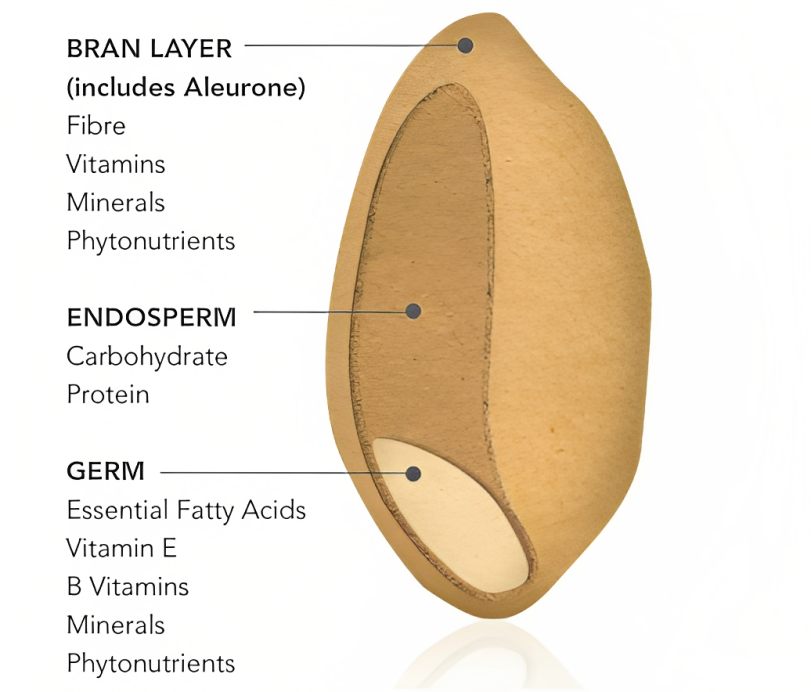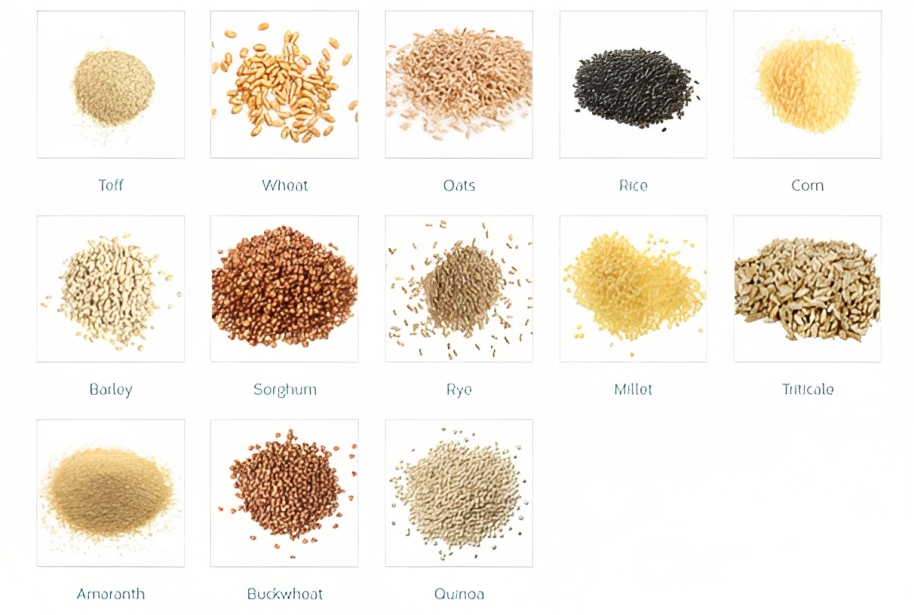Being slim is often associated with good health, but this isn’t always the case. The reality is that many people can be slim but unhealthy, lacking essential nutrients or suffering from hidden medical conditions. Understanding that true wellness encompasses more than just a slender appearance is crucial.
Factors such as diet, exercise, mental health, and overall lifestyle play significant roles in determining one’s health.
This article will explore why being slim doesn’t necessarily mean you’re healthy and provide tips for achieving true wellness.
- How do we judge the health of weight
Obesity statistics often take estimates of body fat using body mass index [BMI]. Although BMI is not perfectly correlated with body fat percentage. It is a quick and easy method for collecting data using just the person’s height and weight.
- If you’re not overweight, does a healthy lifestyle matter?
Many people think if they’re able to stay lean while eating poorly and not exercising, then that’s OK. But though you might appear healthy on the outside, you could have the same health concerns as overweight and obese individuals on the inside.
Being Slim but unhealthy brings various risk factors associated with heart disease and stroke or cancer, we often think about health indicators such as smoking, cholesterol, blood pressure, and body weight. But poor diet and physical inactivity also each increase the risk for heart disease and have a role to play in the development of some cancers.
So even if you don’t smoke and you’re not overweight, being inactive and eating badly increases your risk of developing heart disease.
Unhealthy diets are bad for your body, but what about your brain?
Body weight was not hugely different between the groups eating a healthy diet and those on high fat and sugar diets. So this shows negative consequences of poor dietary intake can occur even when body weight has not noticeably changed. Body weight is not always the best predictor of internal health. Relationship between body weight and cognitive functioning was present even after controlling for a range of factors including education level and existing medical conditions. Many people use low body weight to excuse unhealthy eating and physical inactivity. Slim but unhealthy body weight is not the best indicator of internal well-being. A much better indicator is your diet. When it comes to your health, it’s what’s on the inside that counts and you really are what you eat.
- Thin doesn’t necessarily mean healthy, mind the fat inside
“People is thin. People is fit”. This is a misconception most of us have. Being thin doesn’t necessarily mean being fit. Most of us envy that slim people next door, who hogs junk foods day in and day out but hardly gains weight. But it would be interesting to note that it could be purely because her fats are deposited around her organs and not under the skin that she doesn’t look fat. This is a lesser-known dangerous condition, referred to as Thin outside Fat inside (TOFI).
Even people who are health conscious and maintain their weight through diet, rather than exercise, are likely to have major internal fat deposits even if they look slim. Without getting clear alarming signals of visible belly fat, thin people falsely assume that they are healthy. Usually people who are fat from inside are essentially on the verge of being obese in the future purely because they consume more sugary and fatty foods, and do little exercise.
- Slim but Unhealthy- Why?
- FAT LEVELS: Even though on the outside it may not seem like it, but thin beings have more fat in their bodies. The visceral fat (fat layering our organs) and subcutaneous fat (fat under skin) is way higher in thin bodies than in ‘fat’ or healthier bodies. So, even though they are eating extra pani-puris, remember that it is only loading up the fat in their body. It may not seem so harmful right now, but can and will in the future!
- PRONE TO DIABETES: — Yes, thin people are more prone to type 2 diabetes than those on the heavier side. This is purely because of their unhealthy eating habits and erratic lifestyle changes. It’s not always good to believe that ‘dieting is not for thin people’.
- LETHARGY ISSUES: — Thin people tend to have lethargy issues more than healthy people. This happens due to bad eating habits and how this affects their health. For example, if you are thin and keep binging on street food thinking it does not hurt your body, well, it’s time you think again. Your lethargy issues are due to horrible and frequent eating habits!
- LOW METABOLIC RATE: — Another interesting discovery in our research is that the nutrient absorption is low in thin people. This means whatever food they eat, healthy or unhealthy; their body does not absorb its nutrition. This is not a good thing as this leads to low metabolism which makes them prone to a variety of lifestyle issues like diabetes or cardiovascular diseases.
- DEAD SKIN: — One major issue with ‘naturally’ thin people is their skin. If they do not practice healthy eating and regular exercise, their skin is bound to show it. Their skin appears to be dull and dry. After all, what you put inside your body shows outside as well, right?
- LOWER IMMUNITY: — A consequent issue is bad immunity. Thin people tend to get sick more often than their healthier friends. This is entirely dependent on their eating habits and how they live their life.
- Fat stigma, thin privilege
Fat stigma has led us to draw a direct and exclusive connection between fatness and ill health, often disregarding the many other aspects of a person’s life that also bears on their bodies and health. There are plenty of thin people suffering from illness and all manner of health complications too. But the privileges western culture has accorded to thinness mean that these people will never be subject to the same interrogations, or faux concerns, about their health. Unhealthy diet fads hardly come under the same kind of criticism.







